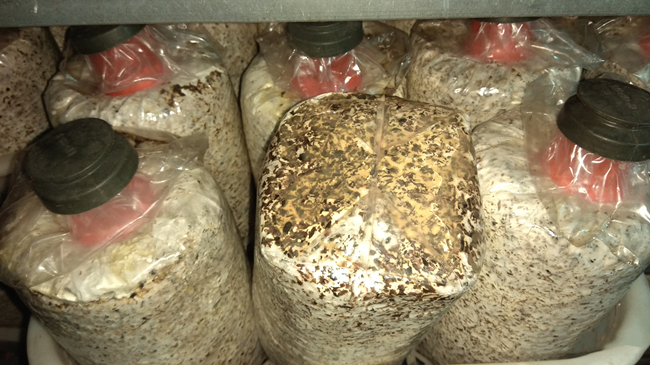Analysis of the causes of abnormal local color of edible fungus mycelium

In the process of culturing, the bacterial bag sometimes changes in local color, for example, it becomes light yellow or brown in part, and abnormal colors may appear in the growth stage of many edible mushroom varieties.
However, the colors displayed by different edible mushroom varieties are different. The following refers to the reasons that may lead to the local color change of the fungus bag, not for a certain variety. The specific variety needs to be analyzed in detail because of different characteristics.
1. Physiological color change
The hyphae grow gradually and reach physiological maturity, and local color changes occur. Physiological color changes are easily stimulated by environmental conditions.
2. Miscellaneous bacterial infection
The bacterial bag is locally infected with bacteria or mold. If the infection is serious, it is easy to judge. If the infection is mild, it is easy to be confused with discoloration caused by other reasons.
3. Light stimulation
In the cultivation stage, when the mycelium encounters light stimulation, the physiological color change of the mycelium occurs. Generally, the varieties with the color change process are easy to appear.
4. High temperature bacteria
When the hyphae are exposed to high temperature, the hyphae are aged and generally appear light yellow.
5. Bacterial water accumulation
It usually appears at the bottom of the fungus bag, because the water content of the medium is too large and the bottom water is accumulated, the mycelium will appear yellow, and it will also be accompanied by bacterial infection.
For the mycelium culture stage of most edible mushroom varieties, the whiteness of the mycelium is an important criterion. If there is an abnormal color, the cause should be investigated in time.

(1)(1).jpg)
 CONTACT
CONTACT